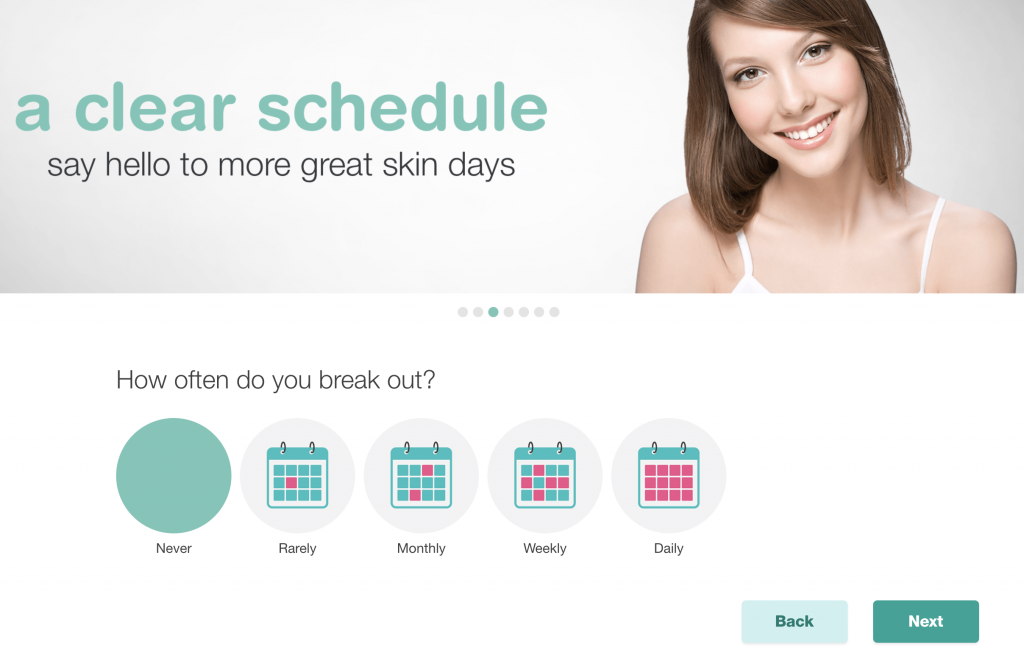Posted by: ClickZ
Posted on: 6/21/2019
When Lauren Brindley, Group VP of Beauty and Personal Care at Walgreens, and her family landed in Mexico, a van was waiting for them at the airport. The driver took them to their boutique resort, pointing out places of interest along the way. Upon arrival, Brindley didn’t have to check-in; that was already taken care of. The resort provided cocktails, snacks — but no nuts, due to Brindley’s allergy — and personalized restaurant recommendations. She just had to sign a credit card slip.
How did the resort understand her family’s tastes enough to do that? The same way it knew her allergy: from the data she provided.
“As soon as I had identified myself as Mrs. Brindley on that first connection point, each member of the resort used an earpiece to communicate with each other along my customer journey,” says Brindley. “They’d tell each other, ‘Lauren is on her way.’ They were waiting, they were ready and they exceeded my expectations at every single point in time.”
Delivering the opening keynote at Worldwide Business Research’s recent Future Stores conference in Seattle, Brindley pointed out that 7,000 brick-and-mortar stores close every year. And in her opinion, it’s because retailers don’t always go the extra mile like that resort in Mexico.
Bringing that differentiated, personalized experience to Walgreens
Brindley’s goal is to bring that experience — differentiated and personalized — to 9,800 Walgreens stores around the country. That experience is especially important for beauty and skincare products, which are inherently personalized, designed to look and work differently on every individual.
One way Walgreens has bridged physical and digital is with Johnson & Johnson’s skinID technology.
“It’s been built by scientists,” explains Brindley. “We ask you some questions. You can either answer on your own at home through your digital devices, or hopefully in a store w a beauty consultant. Then we’ll scientifically recommend the right acne products based on what we believe your skin needs.”
The six questions include where and how frequently you break out, and whether your skin is oily or shiny, rough or smooth. Using that data, the technology develops personalized three-step, daily skincare regimens for each customer. If skinID detects any issues — melanoma, for instance — the customer is referred to the appropriate services at the pharmacy.
“Long gone are the BOGO 50s”
Beauty is a high-churn vertical. Year after year, new products account for 30% of Brindley’s business. The inherent personalization of cosmetics means means that consumers often want to interact with new products in person.
However, today’s consumers often learn about new products online, particularly through social media. As Sephora CMO Deborah Yeh told The New York Times, “The lady at the counter has been replaced by hundreds of people on YouTube.”
In November, Walgreens launched the No7 skin booster serum. In barely six months, it became the country’s #1 masking serum.
“The reason that became so big so quickly was because of the omnichannel approach we took,” says Brindley. “We started with influencers, digital programmatic and the touchpoints in the digital space. But we amplified them through the physical and connected it all with data.”
That omnichannel experience continues through personalized recommendations and discounts. Consumers don’t get generic offers when they use Walgreens’ app. Regular L’Oréal shoppers see one incentive, while Revlon fans receive another.
“Long gone are the BOGO 50s,” says Brindley, referring to the acronym for “buy one, get one half off.” “The world is moving and it’s moving fast. It’s going to be about personalized value.”
The post How Walgreens is differentiating and personalizing its customer experience appeared first on ClickZ.


